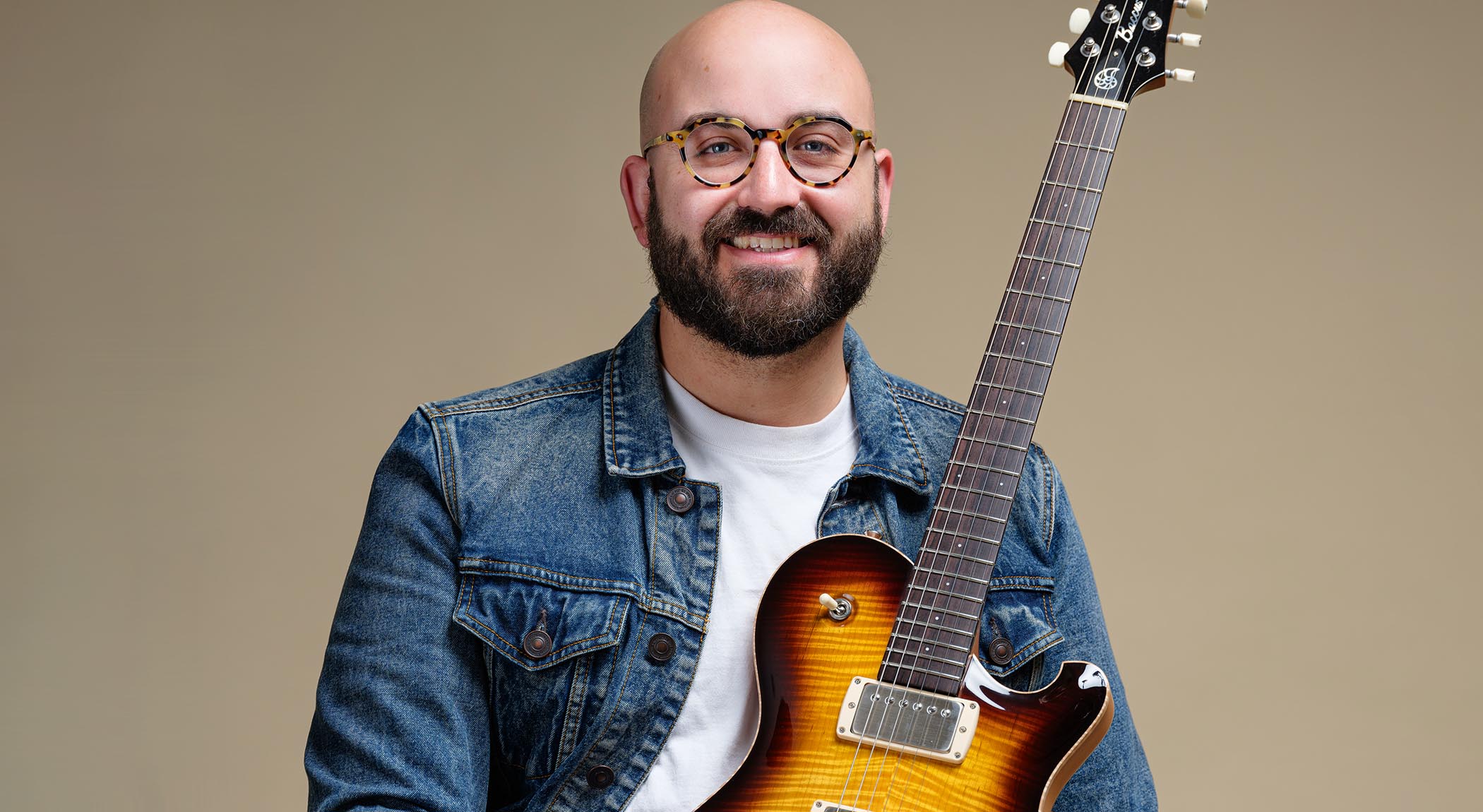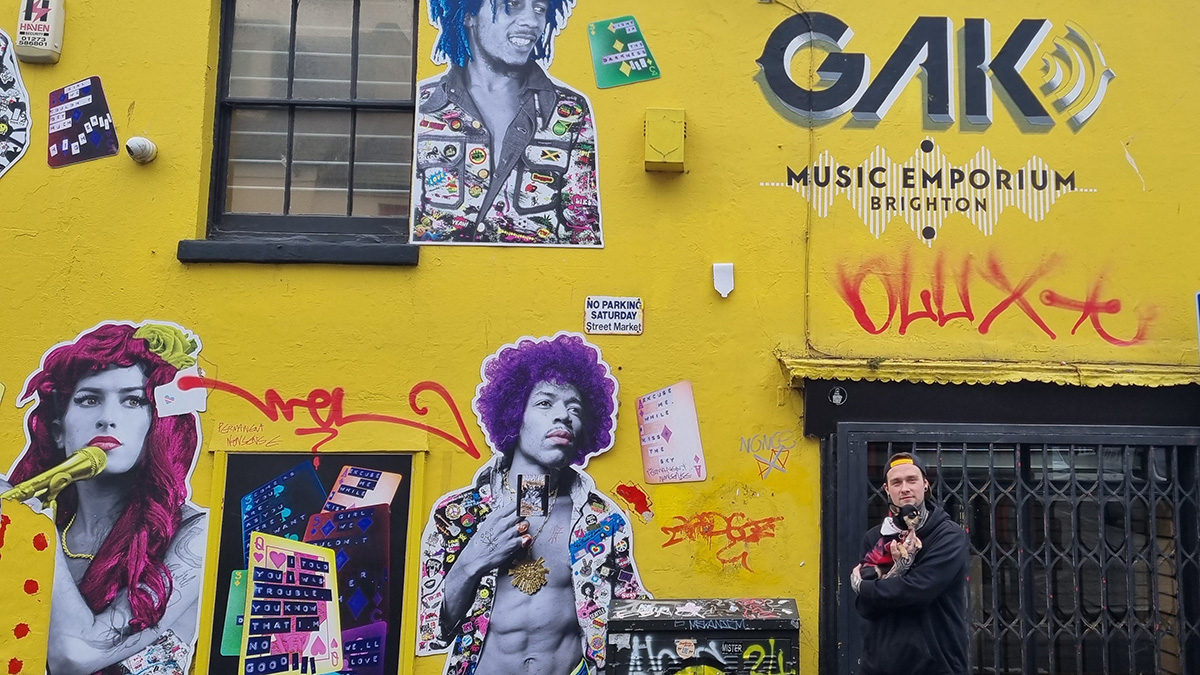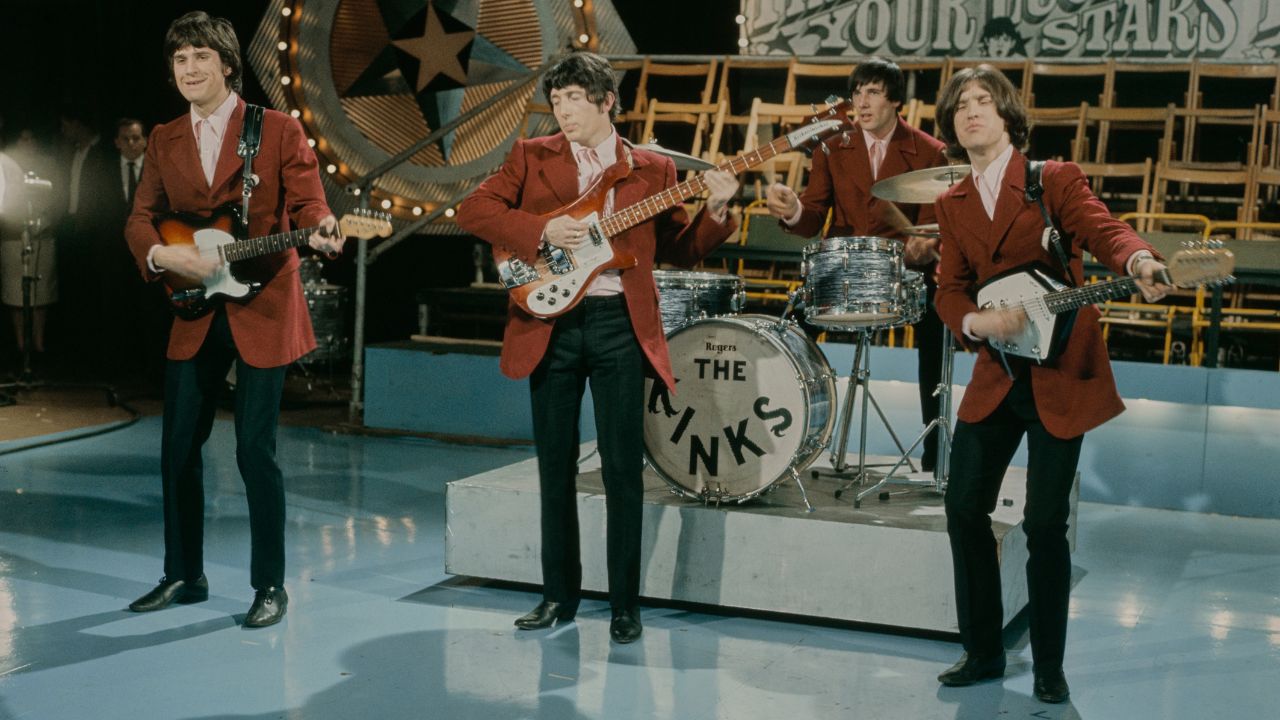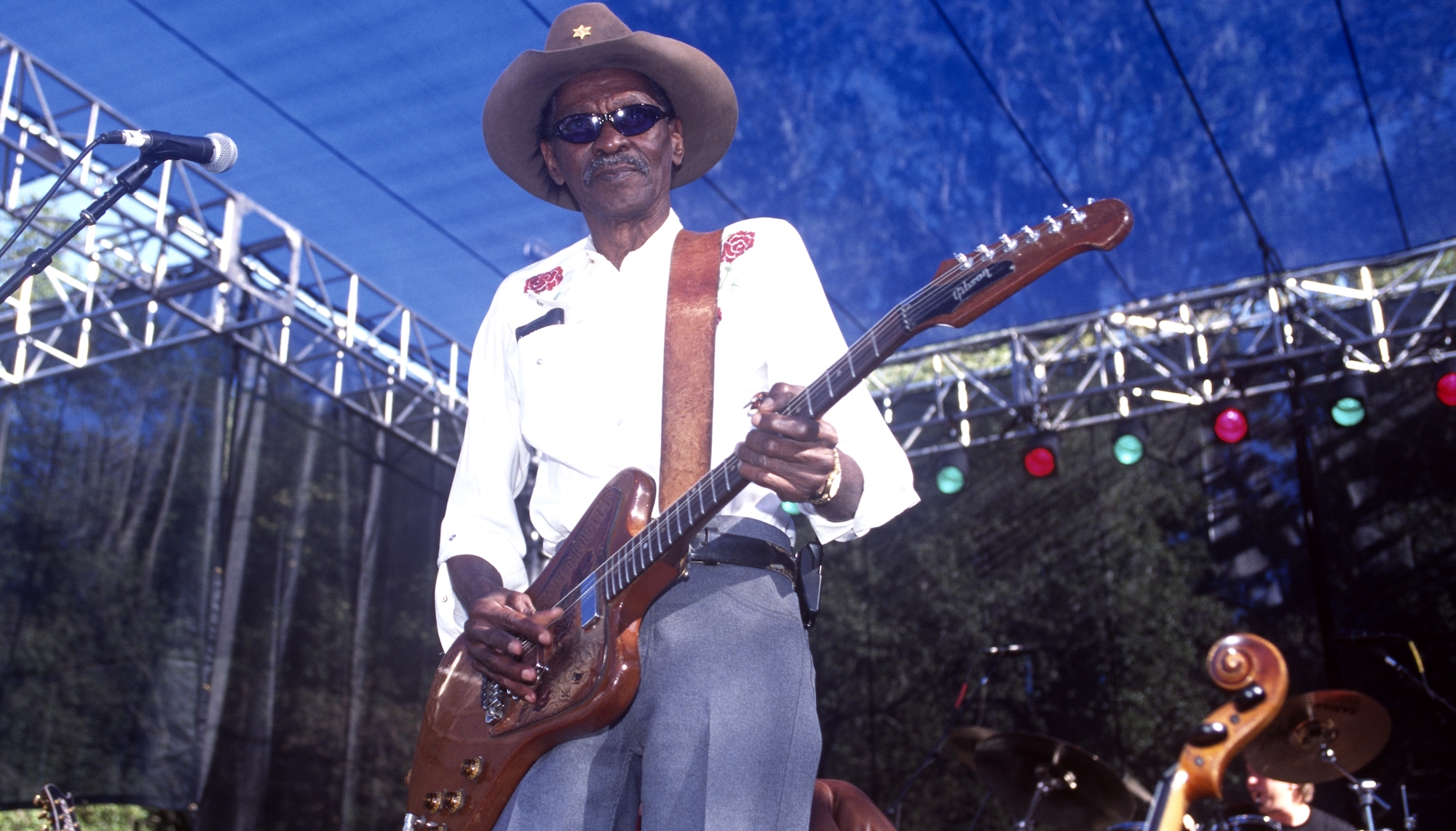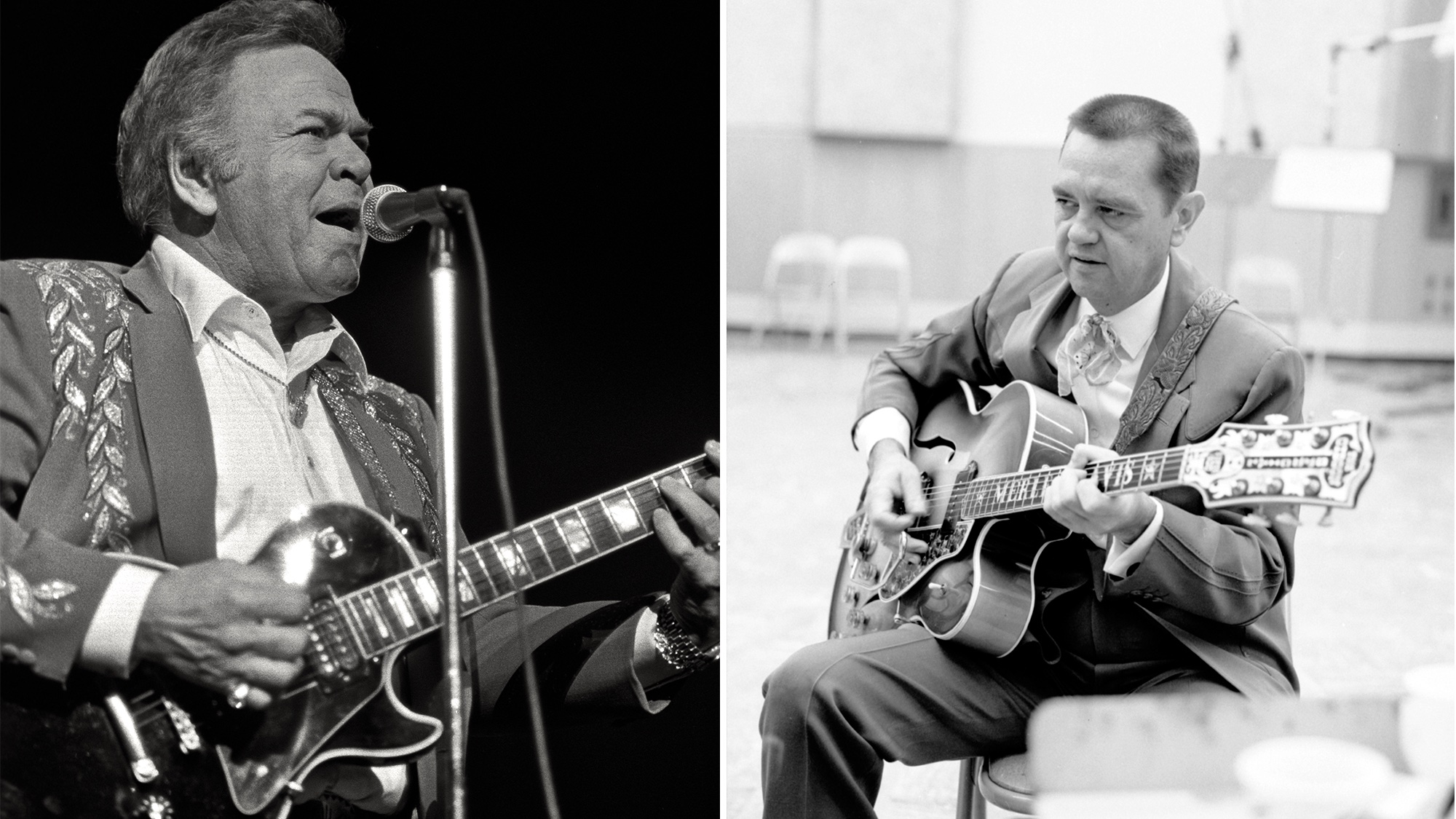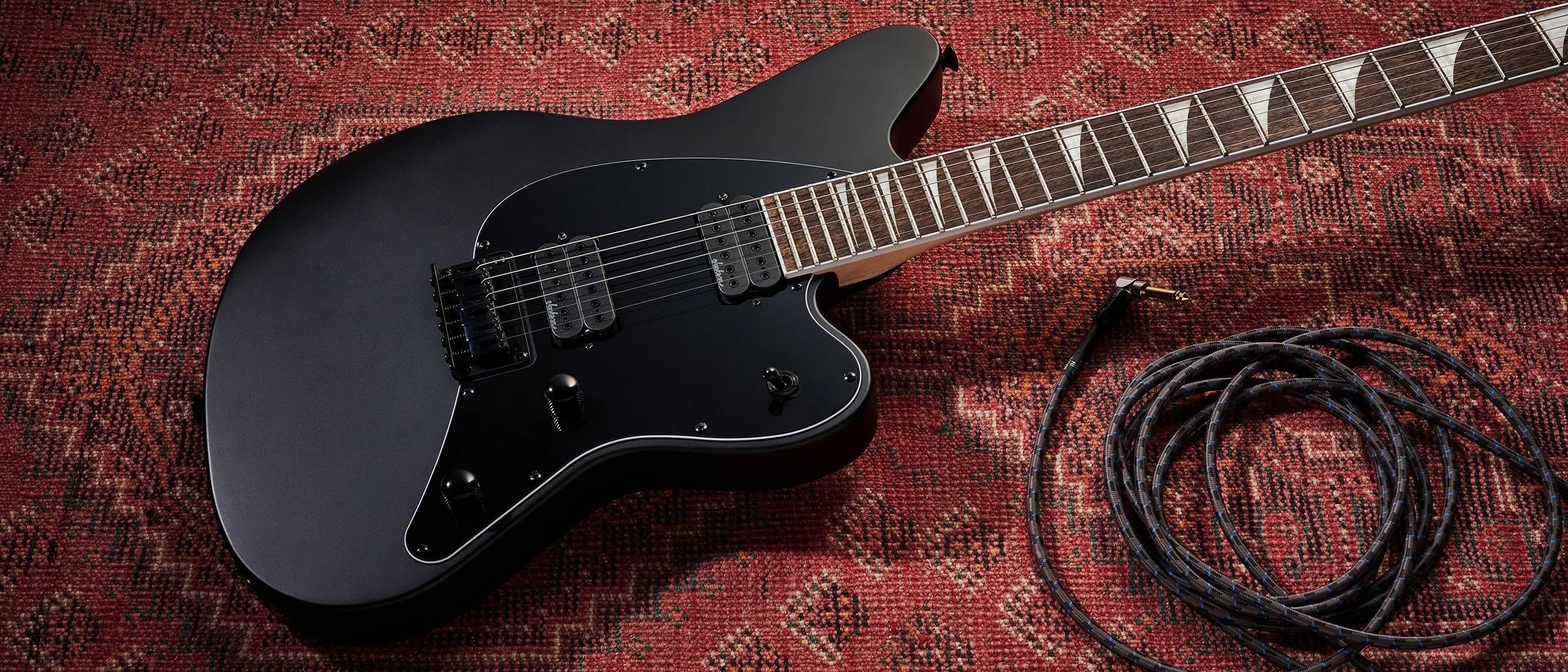The Indie Idealist: DIY Demos (Part Two)
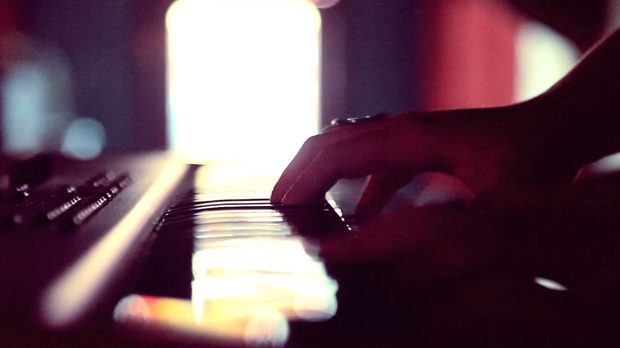
The do-it-yourself movement is the inevitable and fortunate offspring of the Internet age. Now we can develop formerly elusive skills with the help of forums, how-to guides (like this one), and YouTube tutorials. Various communities of online professionals willing to share their expertise have made it easy for almost anyone to become skillful at almost anything.
All anyone needs these days is ambition, dedication and a healthy sense of curiosity. Learning to record music is no exception.
In last week’s post, DIY Demos (Part One), I wrote about some of the equipment you need to successfully record demos at home. In this post, I want to explain how the process energized my own songwriting and arranging as well as touch on the practical uses of homemade demos.
Create a Reference
When I began recording original songs in my apartment, my main objective was to prepare to record my first full-length album in a proper studio with a band. I wanted to give my band an adequate reference for the chord structure and song form, but, more importantly, I wanted them to understand the mood and style I was trying to create.
The lead sheets I made were certainly useful, but my bandmates all emphasized how great it was to have a recording to listen to first. Explaining a “vibe” in words is hard... so I opted to let the demos speak for me instead. My demos allowed me to say everything I needed to say in one recording. That’s what made them so essential to my process.
Here is my original demo of “Run”:
Get The Pick Newsletter
All the latest guitar news, interviews, lessons, reviews, deals and more, direct to your inbox!
And here is the final version of “Run” from my debut LP, Sun & Mirror:
Layering
Recording by yourself, in addition to allowing you to explore ideas and techniques without having to worry about budget or time constraints, also provides another important songwriting tool to the DIY musician -- the ability to layer a limitless amount of instrumental and vocal tracks.
I first sat down to record my song “Run” on a rainy Saturday just a few hours after I had written it, while it was still brand new and flexible. I started by recording the guitar and lead vocal parts. But when I listened back to what I had just recorded, I knew something was lacking. The song had potential, but it just wasn’t there yet.
So, I set up my Nord keyboard, found a Rhodes patch, and started messing around. This new ability to play other parts over what I had already written, and do so in a relaxed environment, ended up inspiring me to take the song in a completely new direction. Now at the end of the choruses there is a dissonant, exotic-sounding melody played on the Nord. Not only did this new addition add complexity and dimension to the song, but it also created a more interesting and unique mood.
I had written a bridge already, but it felt “so-so.” Channeling the new vibe, I rewrote the bridge using the theme from the ends of the choruses, and that left me with a completely transformed song.
The vocal harmonies were crafted by layering many tracks. I love the sound of doubled vocals and octave doubles in addition to vocal harmonies, and I took advantage of that technique while recording my full-length album in the studio.
This is just one example of how the ability to overlay parts and experiment with multiple instruments allowed me to compose and arrange with greater depth. I was also able to record much more interesting covers than if I had just sat down in front of my webcam with my guitar.
I recorded Passion Pit’s “Constant Conversations” using only my keyboards, voice, and some household items, yet I was able to achieve a full sounding arrangement. Multiple keyboard tracks, creative percussion sounds, and vocal layering added an extra dimension that I could not have achieved otherwise.
Some Practical Tips
So how can you apply this to your at-home recording experience? Let’s say you have an original song that you wrote using just piano or guitar and your voice. How can you make it stand out sonically? Here are a few ideas to get started.
Double the vocals
Not only is this a great way to practice intonation and phrasing, but it can add an immediate edge to a song. Once you get good at that, sing the same part an octave up or down for another interesting sound.
Key bass
Try playing the roots of the chords on an organ patch for a rich, warm low end.
String patches...but be careful
Fake strings can sound cheesy. The trick here is subtlety. Try mixing and matching different patches and keep them lower in the mix. Use them as an enhancer and they can go a long way.
Rhodes/Wurlitzer
These are my go to sounds because they are timeless and low maintenance. Try playing the chords to your song with a Wurlitzer or Rhodes sound, but start off with simple whole notes and half notes. Be careful with electric piano sounds - they can sound dated. But if you find one you love, run with it!
Have fun with EQ!
I spent a lot of time playing with basic EQ in Logic. Before I got Logic Pro, I practiced on GarageBand, which comes with Mac computers for free (you can also download it on an iPad!) My voice sounds better with the high-end boosted slightly. Spend some time figuring out what will make your voice sound best, and be sure to frequent those forums when you get stuck.
Panning, Reverb, Delay
Ooh boy. This is the good stuff. Try panning vocal harmonies slightly to the left and right for more depth. Don’t be too afraid of the weird stuff. One of my favorite effects pans the track very quickly from left to right and back again. Use this in moderation...I found myself getting dizzy if I used it too much!
Synths and other sounds on iPads and smart phones.
The iPad can be a really fun tool. You can find apps for free, and entire digital instruments for under $100. SoundPrism and DM1 are really fun, as well as real Korg and Moog synthesizers. You will need an eighth-inch to quarter-inch adapter to run it into your audio interface.
I highly recommend recording demos as a way to reignite your songwriting/arranging and engage your instrumental and vocal skills. It’s your music, so DIY!
If you don’t fall in love with the process like I did, you will at least have learned a very practical skill that is useful for composers of all stripes. I have a lot more to learn myself, but if you have any questions -- technical or conceptual -- please leave a comment below!
Kaela Sinclair is a 23 year old indie musician from Denton, TX. Sinclair’s debut LP, Sun & Mirror, was called “...one of the best albums to emerge from the DFW area thus far in 2013” by DFW.com and is available for purchase now on iTunes under “New and Noteworthy.” It features producer and drummer McKenzie Smith (Midlake, Regina Spektor, St. Vincent) and names like Buffi Jacobs (Polyphonic Spree) and Daniel Hart (Broken Social Scene, St. Vincent, Dark Rooms). For music, tour dates, videos, and more visit www.facebook.com/kaelasinclairmusic, www.kaelasinclair.com, www.twitter.com/kaelasinclair
- Best guitars for indie rock: iconic brands and signature sounds
"Upgrading from your entry-level acoustic opens the door to an entirely new world of tonewoods, body shapes, and brands": 6 signs it's time to upgrade from your first acoustic guitar
"I'm past my prime": 5 common excuses for not learning the guitar – and 5 body and mind-boosting reasons you should
